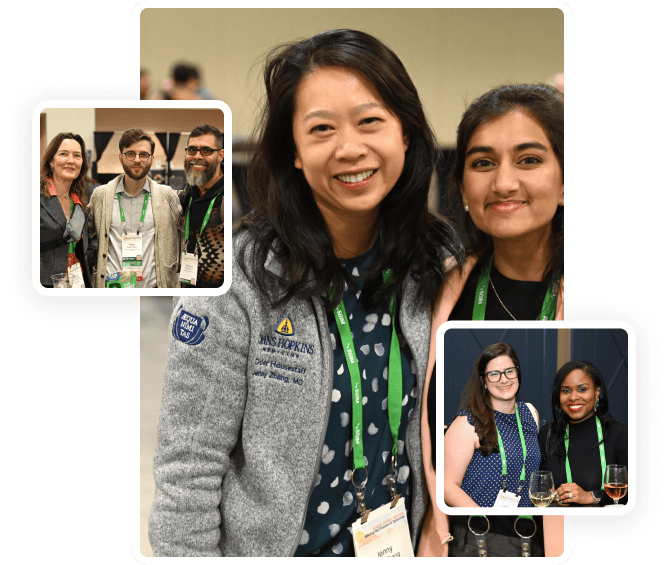Annual Reports
SGIM's annual organizational reports cover a variety of topics, including membership, regional affairs, financial summaries, JGIM, and the notable achievements of our committees and commissions. These documents are exclusively available to our members, providing both transparency and information needed to stay informed and engaged with the Society's progress and activities.
Academic GIM White Paper
Over the past half-century, the medical education and healthcare landscape has evolved significantly. Reflecting on the strides made in value cohesion, diversity integration, and healthcare delivery, we chart a renewed path for academic general internal medicine. Here's a concise overview of our vision moving forward.
Report: Physician Payment Reform
The Society of General Internal Medicine (SGIM) established the National Commission on Physician Payment Reform with the purpose of assessing physician payment and how pay incentives are linked to patient care. This independent commission consisted of physicians spanning various medical specialties and representatives from healthcare, insurance, a state health department, health policy leaders, and a consumer representative. In 2013, the Commission released a report containing recommendations to reform the physician payment system in an effort to control healthcare expenses and enhance patient outcomes.


